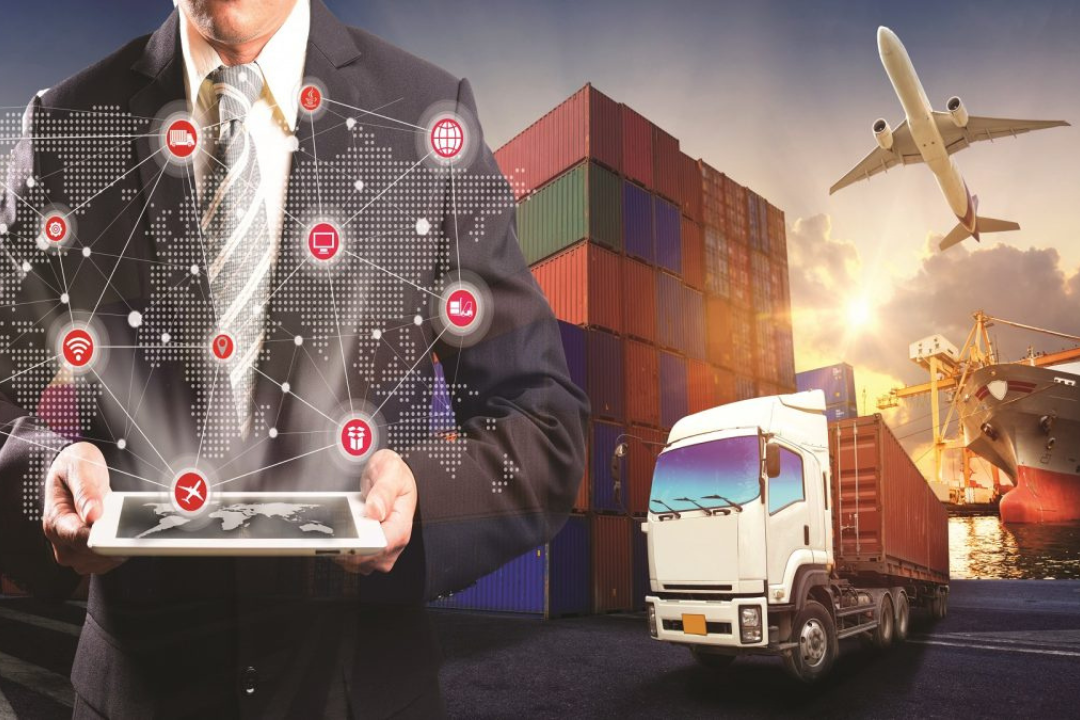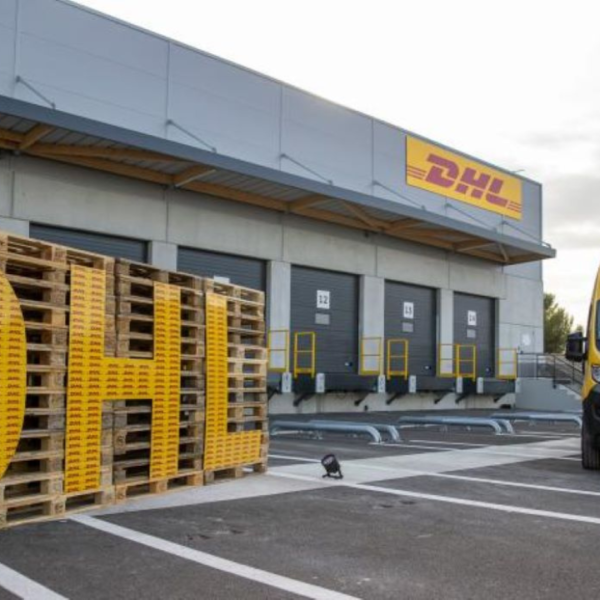Technology and environmental issues are growing quickly. The logistics sector is always changing to keep up. Businesses must adapt to new technologies, processes, and strategies to survive in today’s fast-paced market. Five key trends in transportation and logistics will shape the future:
- The need for cold chain supply chain management infrastructure to transport vaccines requires 2-8 degrees Celsius.
- You need modern Transportation.
- There needs to be more automation and digitalization in warehouses.
- Technology changes like digital twins and cloud software make warehousing operations more flexible, safe, and reliable.
- The need to come up with plans to deal with the stresses that Logistics 4.0 brings.
This Lading Logistics blog will help you cope with changes in the logistics industry which you should apply in your business to gain more profit.
Supply Chain Agility
In the logistic industry trends of 2023, a flexible supply chain will be important. It makes it easier for companies to react to changes in what customers want. It saves money.
It boosts productivity. Businesses can be more agile by using flexible strategies. They can also respond quickly to changes in customer demand. Additionally, they can handle risks in advance and invest in cutting-edge technology.
Logistics companies move quickly. They have direct control, quick problem-solving, and handle internal updates. This is possible due to self-managed hiring, change, and exception management.
Also Read, What is full load and no load in logistics?
Automation
Automation is replacing labor-intensive human chores with automatic ones in transport and logistics trends. Businesses invest in semi-automated moving processes. They also merge WMS/ERP with eCommerce platforms.
The information is useful for managing the supply chain. It is also useful for making forecasts. Additionally, it helps in keeping track of quality. Lastly, it aids in planning logistics. Warehouses and delivery centers have adapted to the COVID-19 epidemic by implementing advanced technology such as robots, data analytics, and computer vision.
The Skypod and other warehouse automation forms improve warehouses. They make better use of resources, cut labor costs, improve customer service, make data more accurate, and increase storage space.
Green logistics
“Green logistics” is a business approach. It focuses on reducing environmental impact. It doesn’t compromise work or service quality. Its main goals are to follow laws about how to deal with trash, cut down on gas pollution, and save resources.
When we look at logistics trends and Insights, we get transportation route optimization is important in green logistics. It reduces time and distance traveled.
Biofuel, electricity, and hydrogen are alternative fuels that can reduce transportation pollution. Energy-efficient buildings, recycling, garbage reduction programs, and sustainable packing practices can reduce the environmental damage caused by storing and moving things.
Also Read, What are Some Common Types of Cargo Services Available?
Supply Chain Transparency
Organizations need to understand how goods move from sellers to customers. This helps ensure quality, increase speed, and reduce costs along the supply chain.
Using it leads to fixed leaks, reduced waste, and improved routes, resulting in better product management and satisfied customers.
Supply chain information will be crucial in the future of shipping. It will aid companies in improving customer service.
Real-Time Visibility
EDI and APIs combined allow freight forwarding companies to access real-time information and simplify hiring. The API integration can help understand B2B connections in the digital environment. EDI makes it easier to start and coordinate business activities.
Autonomous Vehicles
Fully driverless trucks are setting new trends in transportation and logistics. This might be safer, cheaper, and easier to drive than regular trucks. Because of this, companies might save money, drivers might feel better, and drivers might get a raise.
Data Mining in Logistics 4.0
In the age of Logistics 4.0, the process of data mining is becoming more important. Automatic data extraction methods can help find fraud, predict demand, and find problems in many different fields. They can also be used to help with stock demand projections and inventory management.
Also Read, Cargo Ship Operations: Everything You Need to Know
The Bottom Line
Trends in transportation and logistics in 2023 are expected to change dramatically due to global economic and technical advancements.
Businesses prioritize automation, manpower shortages, and real-time monitoring for effective supply chain management. Remaining competitive globally requires adopting innovative technology such as driverless cars.
Sustainability and environmental measures must be prioritized for the sector to thrive in the long run. Forward-thinking transportation providers will incorporate tendencies into their systems.
This allows for procedures like electronic data interchange (EDI) load tendering to maximize profits. Supply chain management firms face setbacks but push forward and adopt new technology to increase productivity.
Also Read, Difference between direct and indirect freight loading
FAQs
How is technology changing the transportation industry?
Technology revolutionizes the transportation industry. It enables efficient management of goods flow. It goes from manufacturing to end consumers. It enables faster and more efficient operations. It works across various stages.
What is Logistics 4.0 and how will it impact the industry?
Logistics 4.0 is driven by industry 4.0, which shifts towards digitalization. It improves supply chain management by enhancing visibility and performance across the value chain through the use of digital technologies.
What role will Big Data and networking play in transportation automation?
Big Data and networking are important for transportation automation. They improve warehouse robotics, increase equipment life cycles, accelerate product movement, optimize inventory management, and enhance warehouse safety through predictive models.
How will automation impact the supply chain management industry in 2023?
Automation and robotics are transforming the supply chain management industry in 2023. They enhance efficiency, accuracy, order fulfillment, last-mile delivery, data optimization, safety, and risk mitigation. It includes scalable and flexible operations. It enhances safety and risk mitigation.
What measures are supply chain management companies taking to ensure supply chain agility in 2023?
Supply chain management companies focus on supply chain agility in 2023. They address automation complexity, real-time data demands, supply chain transparency, digitally evolving business, API-based integrations, demand forecasting, digital freight marketplaces, and ecosystem integration implementation.



